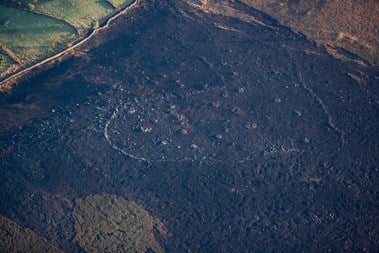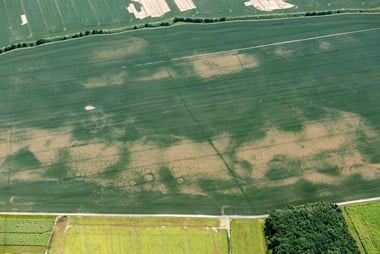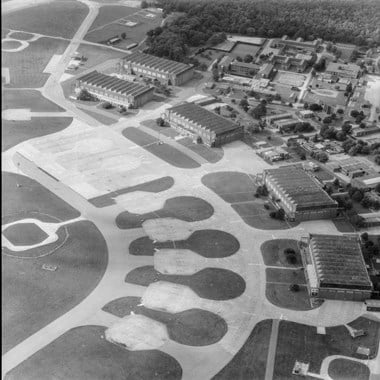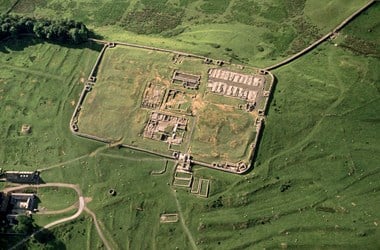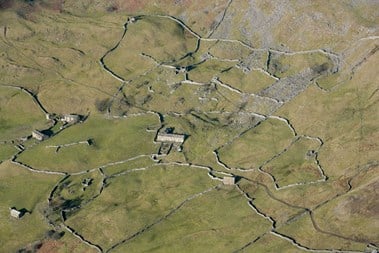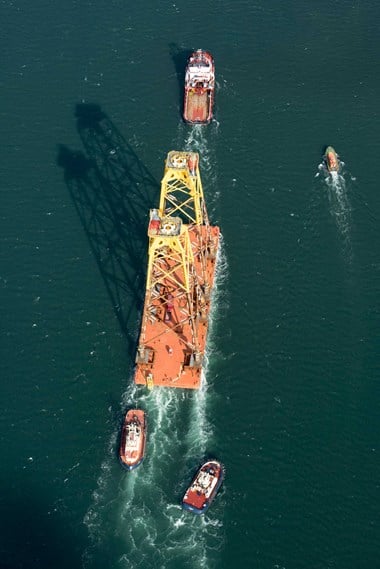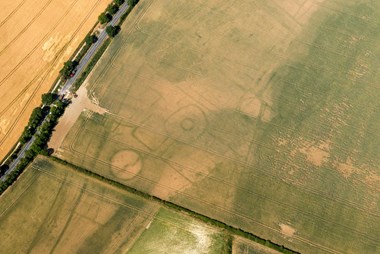Recent discoveries and surprises - prospecting for buried archaeology
It became clear by the beginning of June 2018 that we were heading for an unusually dry summer. Although not ideal for everyone, dry ground conditions are what every aerial archaeologist is waiting for – a drought means that buried remains are far more likely to show as cropmarks.
Therefore, in June 2018 our primary concern was to get up as much as possible and discover new archaeological sites.
Over the course of the summer of 2018 summer the team flew across the length and breadth of the North of England, starting in Lincolnshire and the Yorkshire Wolds.
Although these are well studied areas, more than 50 archaeological sites were recorded for the first time on these chalk landscapes.
These included examples of England’s oldest funerary monuments such as Neolithic long barrows, Bronze Age round barrows and groups of Iron Age square barrows. Settlements from the Iron Age and Roman periods were also photographed for the first time. Even in areas where we had recorded extensive archaeological remains in previous years, ‘new’ sites were appearing, such as a round barrow alongside a known Iron Age site, and a cluster of square barrows beyond the known edges of a cemetery.
Further cropmark prospecting flights along the Trent gravels to the West and North Midlands , and up to Cumbria and the border were equally rewarding, and discoveries included a striking triple-ditched round barrow and pit alignment in Derbyshire and discrete defensive enclosures in the area north of Carlisle.
We identified almost 100 new sites in the north during 12 flights over the summer of 2018.










